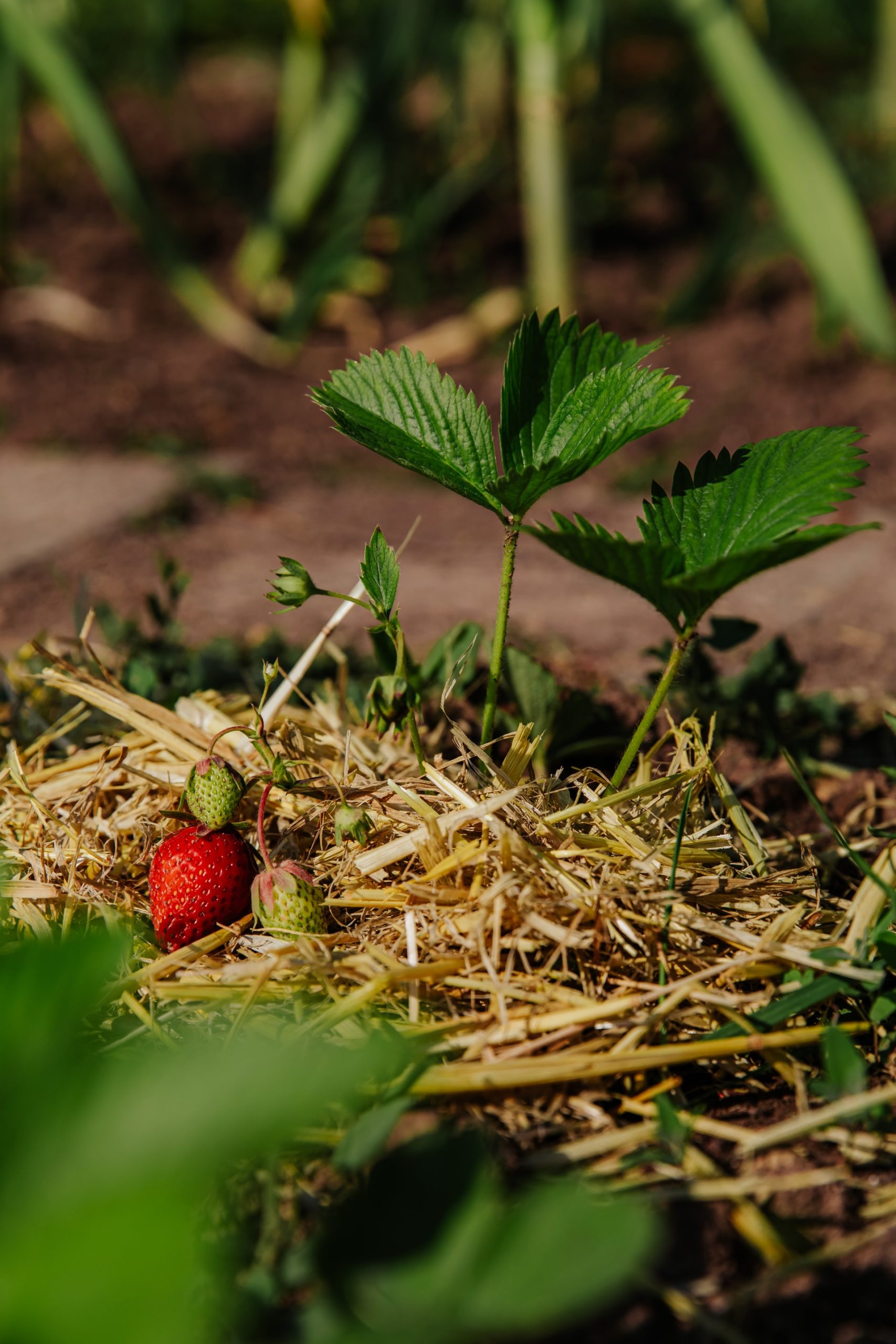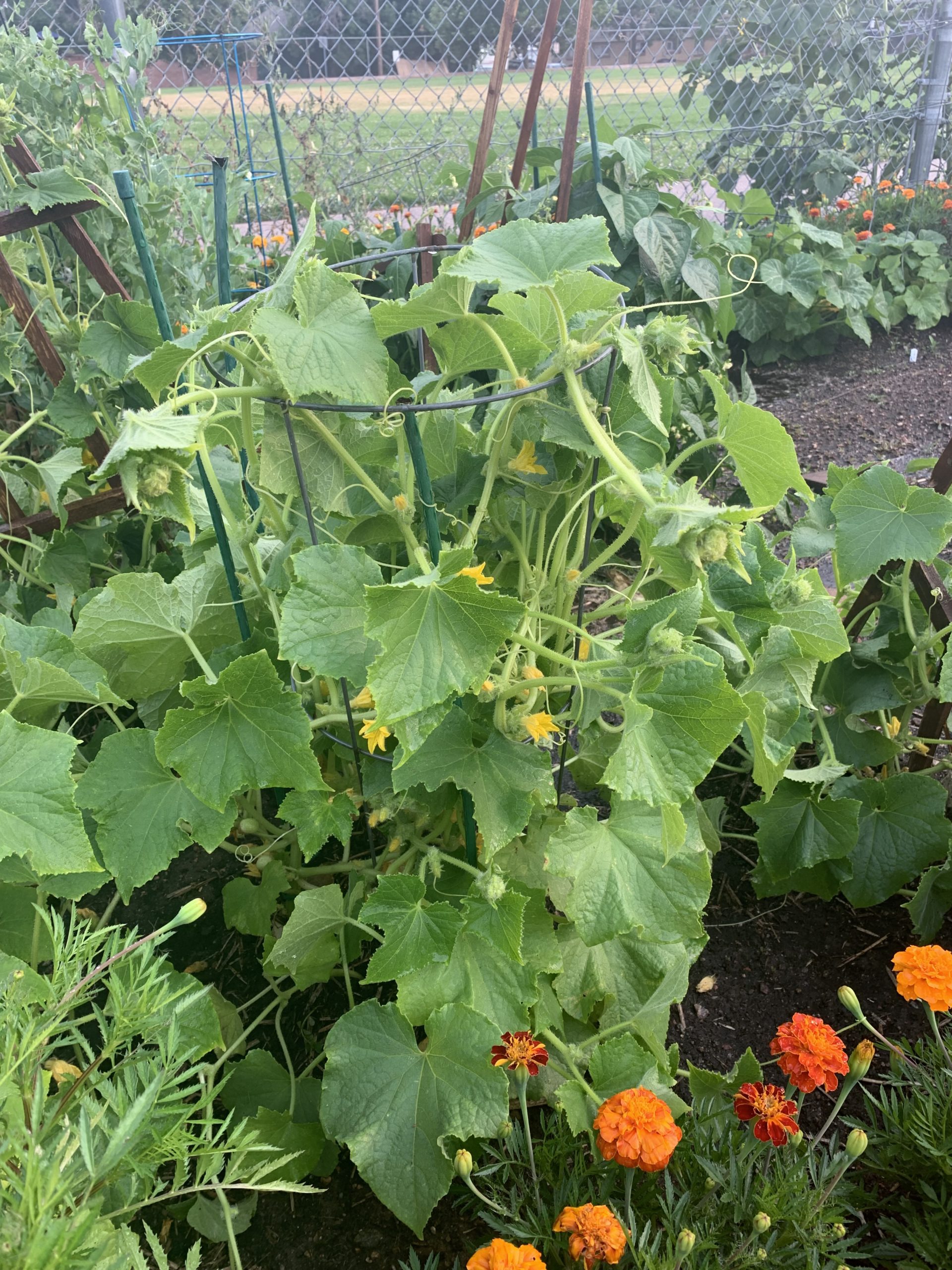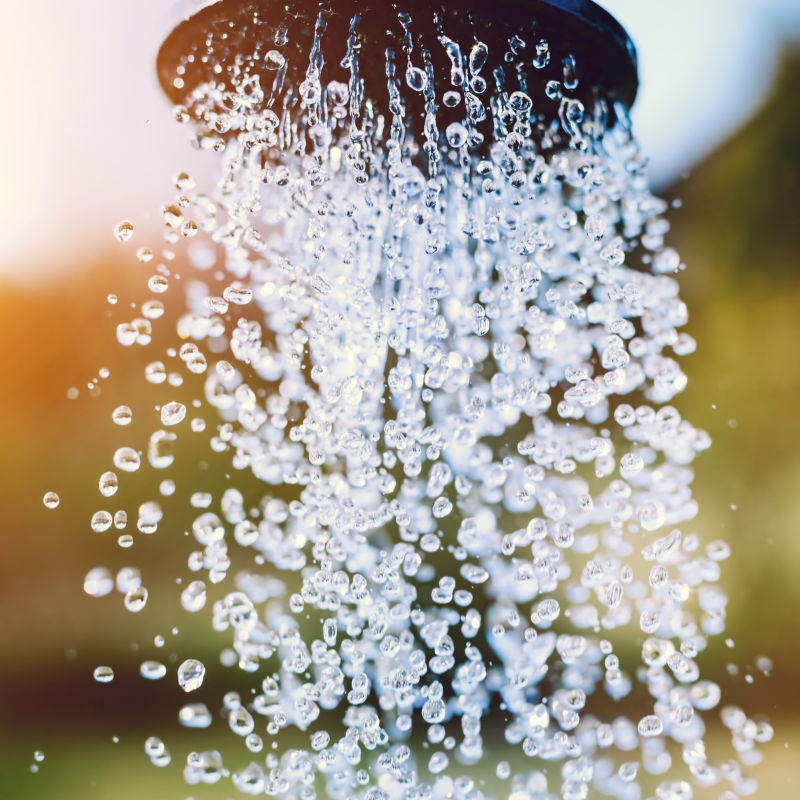Water is a limited resource in Colorado. Our climate is dry, with little rain and frequent droughts. Climate change is making water shortages worse, so we must use water wisely.
Wasting water does more than increase costs—it harms the environment. It drains local water supplies, dries up rivers, and damages plant and animal life. Water that runs off or evaporates also washes away soil, making it harder to grow food.
To protect this important resource, Denver Urban Gardens (DUG) requires all gardeners to follow water conservation practices. These are not just for droughts—they should be part of daily gardening. By using water wisely, we can grow healthy gardens and help protect Colorado’s water for the future.

How to Use Water Wisely
Water Slowly in Small Amounts
In some places, farmers flood fields with water to let it soak in. This works well in sandy soil, where water drains quickly. But in Colorado, our soil is mostly clay. Water takes longer to soak in, so if too much is added at once, it pools on top, runs off, and evaporates before plants can use it. This wastes water and causes weak, shallow roots.
Instead, water slowly and deeply so moisture reaches plant roots. The best methods include:
- Water at the base of plants to send moisture directly to the roots.
- Use soaker hoses or drip irrigation to apply water slowly and prevent runoff.
- Water in short cycles, letting water soak in before adding more.
- Check soil moisture before watering. If the soil is still damp an inch below the surface, wait to water.
Water at the Right Time
Water early in the morning or late in the evening when it is cooler. This reduces water loss from evaporation. Midday watering wastes water because the sun and heat dry it up too quickly.
The Living Light of Peace Community Garden’s water is only turned on Monday, Wednesday, Friday, and Saturday from 6am-10am and 6pm-10pm. Please be considerate of other gardeners waiting to water their plots at the same time as you, as multiple people watering at once will cause the water pressure to become low.
Water the Soil, Not the Leaves
Wet leaves can cause plant diseases, especially for tomatoes, squash, and melons. Instead, water at the base of plants where the roots can absorb moisture.
Loosen Soil Before Watering
Use a hoe or rake to break up the top layer of soil. This helps water soak in instead of running off. It also removes weeds that steal water from your plants.
Use Compost to Hold Water
Mix compost into the soil at the beginning of the season and add more during the year. Compost holds water like a sponge, keeping the soil moist longer and reducing the need for frequent watering.
Plant to Create Shade
Space plants so their leaves shade the soil as they grow. Shade helps keep moisture in the soil and prevents evaporation. Tall plants like beans can protect smaller plants like lettuce from the sun.
Cover Bare Soil with Mulch
Mulch helps soil hold water, keeps the ground cool, and prevents erosion. Good mulch materials include:
- Dried grass clippings (without pesticides)
- Straw
- Fallen leaves
Mulch warm-season crops, like tomatoes, after the soil warms up. For cool-season crops, like lettuce and peas, wait a few weeks after planting before adding mulch.


Check Before You Water
Most vegetables need about one inch of water per week. Stick your finger or a small tool into the soil to check for moisture before watering. Dry soil needs water, but damp soil does not.
Wilting Doesn’t Always Mean Watering
Some plants, like squash, droop in the heat of the day to protect themselves. This does not mean they need water. Watering them at this time can actually harm the plant by weakening its roots. Check the soil first before watering.
Use the Right Watering Tools
- A watering wand with a shutoff nozzle lets you direct water to the soil instead of wasting it on leaves.
- A soaker hose applies water slowly, helping it soak deep into the soil without runoff.
Harvest Often
Pick vegetables regularly to keep plants healthy. If plants become overgrown or diseased, remove them and plant something new or cover the soil with mulch.

